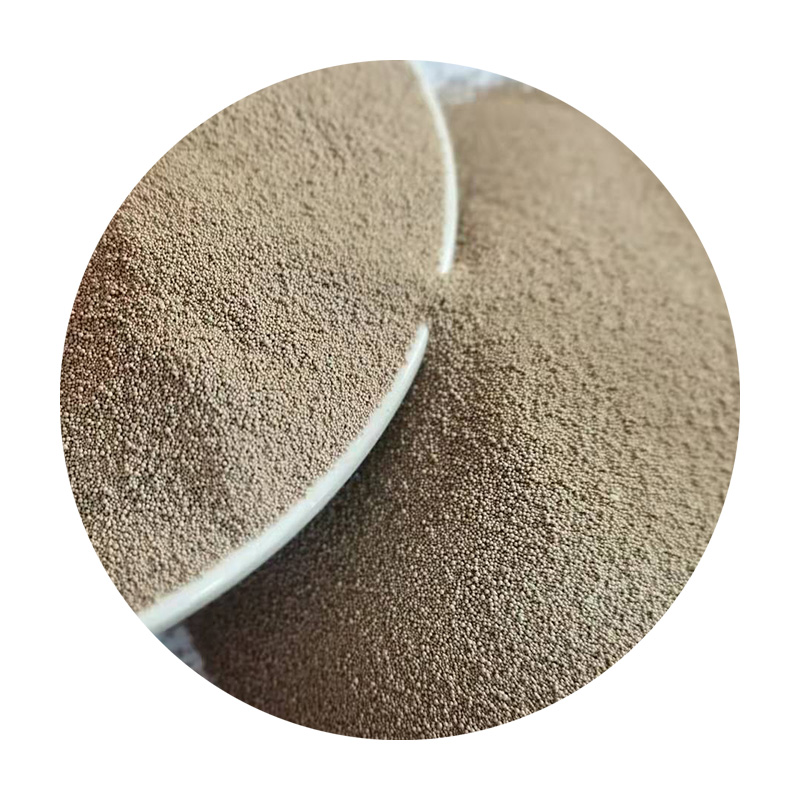The Importance of Sanding in 3D Printing A Comprehensive Guide
3D printing has revolutionized the way we create and design objects, allowing for unparalleled customization and creativity. However, one critical step often overlooked in the post-processing phase is sanding. While 3D printers can produce detailed and complex shapes, the surface finish usually requires additional work to achieve the desired aesthetic and functional qualities. This article will explore the importance of sanding in the 3D printing process and provide useful tips for achieving a flawless finish.
The Importance of Sanding in 3D Printing A Comprehensive Guide
Additionally, sanding plays a crucial role in preparing a surface for painting and finishing. A well-sanded object allows paint or other finishes to adhere better, providing a more uniform and durable coating. If the surface is not properly prepared, the paint may peel, chip, or wear off more quickly. This step is particularly important for models intended for display or use in projects where aesthetics are vital.
sanding 3d print

When sanding 3D printed parts, it is advisable to start with a coarse grit sandpaper, gradually moving to finer grits to achieve a smooth finish. Commonly used grits include 80 or 120 for initial smoothing, followed by 220 to 400 for finishing touches. It is essential to maintain a consistent motion while sanding, applying even pressure to avoid creating uneven spots or gouges in the material.
Another technique to consider is wet sanding, which involves using water to lubricate the surface during the sanding process. Wet sanding reduces dust and provides a finer finish, making it particularly effective for materials like PLA or ABS. It minimizes the risk of overheating the plastic, which can occur with aggressive sanding methods.
In addition to traditional sanding techniques, there are also alternative methods to improve the surface finish of 3D printed parts. For instance, sanding can be combined with chemical smoothing techniques, such as using acetone for ABS prints. This process dissolves the surface layers, leading to a glossy and smooth finish without the labor-intensive effort of manual sanding.
In conclusion, sanding is a vital aspect of post-processing in 3D printing that should not be ignored. It enhances surface quality, improves paint adhesion, and ultimately elevates the overall look and feel of the finished product. By understanding the sanding techniques and tips outlined above, 3D printing enthusiasts can achieve professional-quality finishes that truly showcase their creativity and craftsmanship. Whether for personal projects, prototypes, or professional applications, investing time in proper sanding will always yield rewarding results.
Post time:Οκτ . 08, 2024 20:26
Next:materialer, der anvendes til sandstøbning
